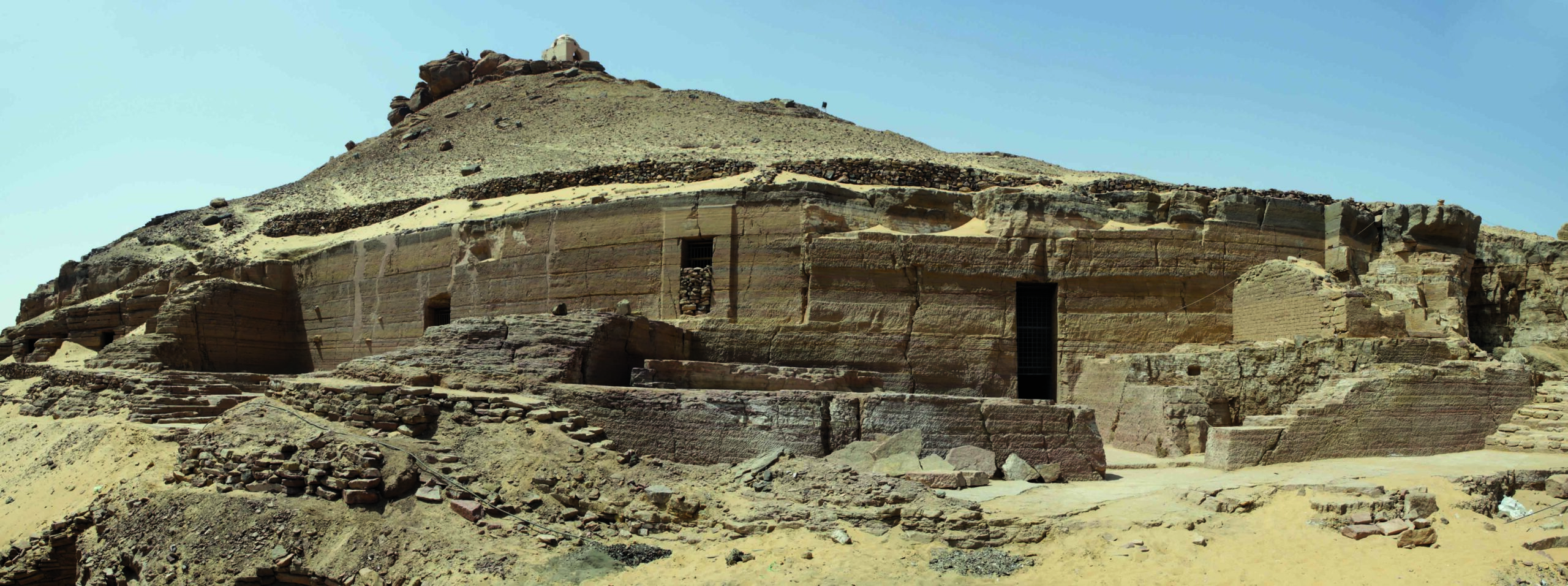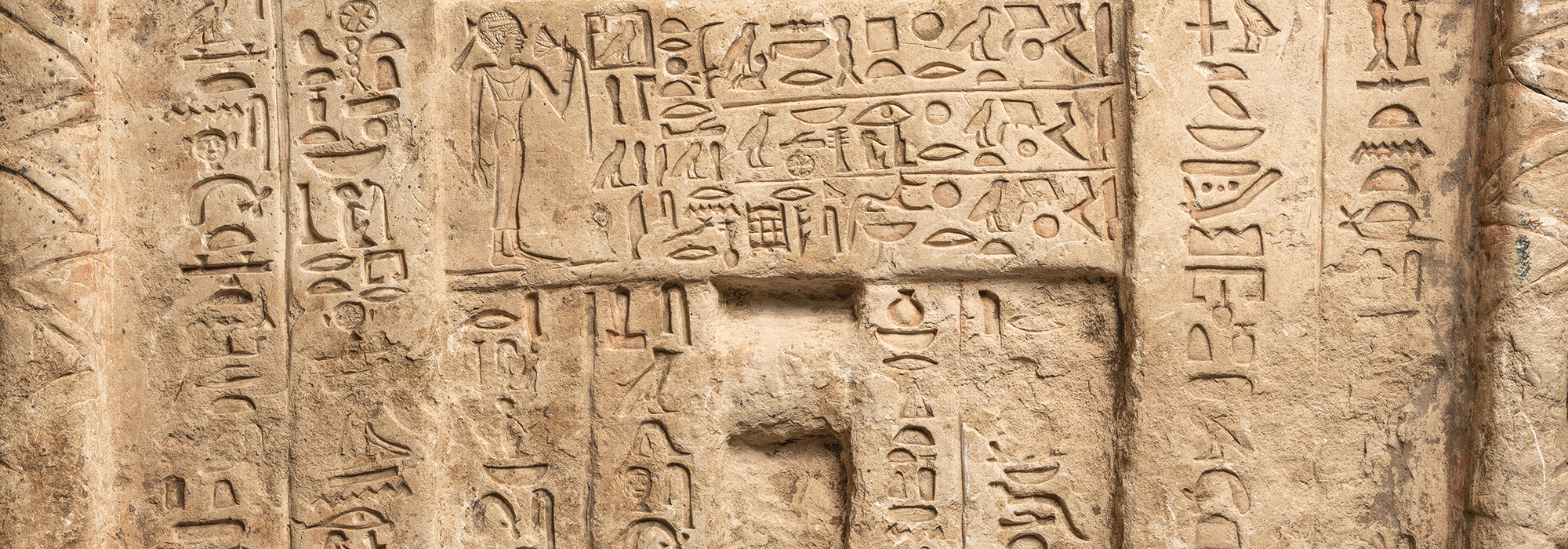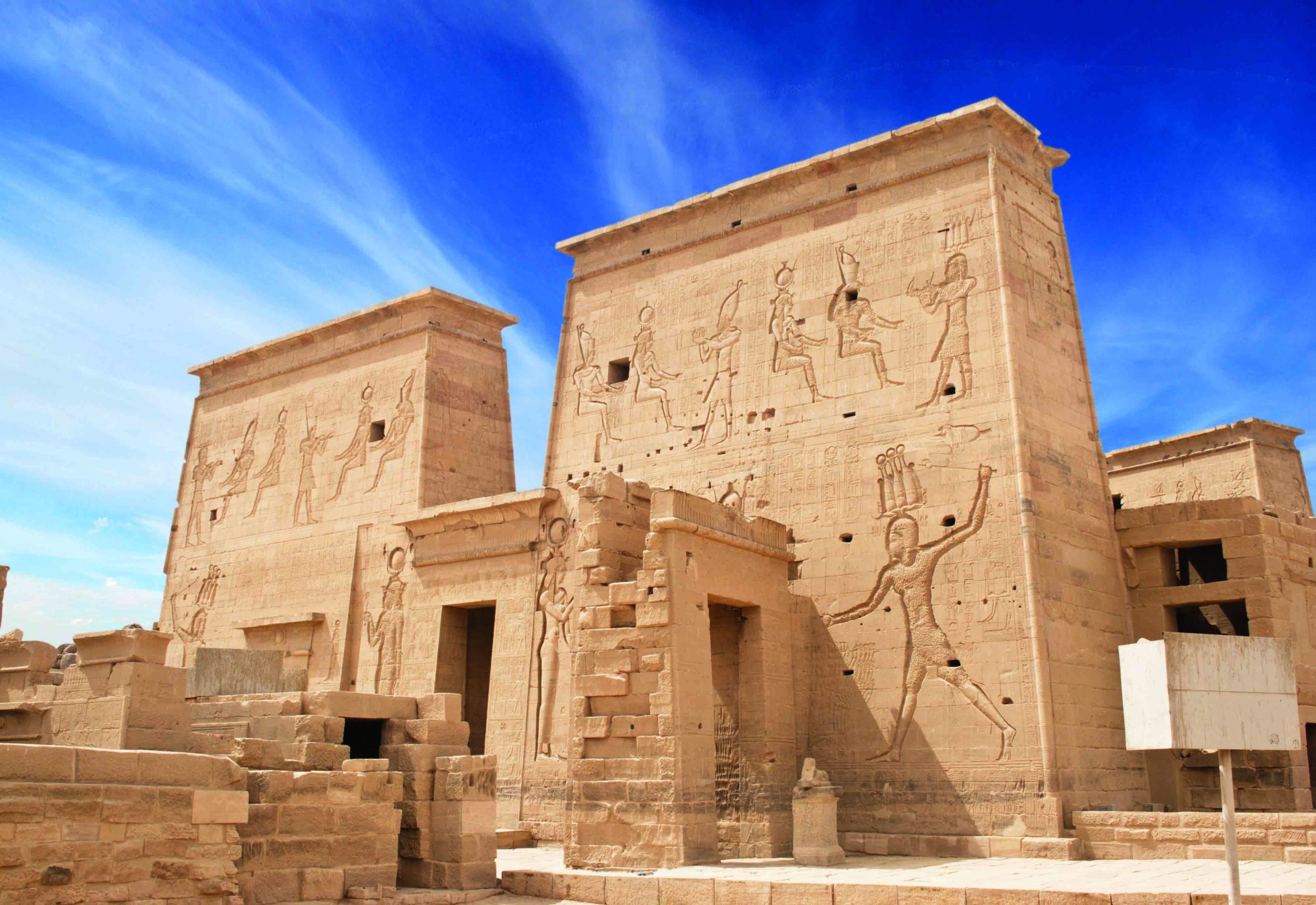
MINYA, EGYPT—Ahram Online reports that researchers from the University of Barcelona are investigating two tombs in Upper Egypt at the site of El-Bahnasa, which is also known as Oxyrhynchus. The tombs have been dated to the 26th Dynasty, between 688 and 525 B.C., which is also called the Saite period after the capital city of Sais in the western Nile delta. At the entrance to the first tomb, the researchers found two sets of human remains whose skulls had been equipped with golden tongues. A large limestone sarcophagus with a lid shaped like a woman was found within this tomb, which was opened and plundered in antiquity. The second tomb, however, was discovered intact. It held a limestone sarcophagus with a man-shaped lid; two niches holding canopic jars; and more than 200 artifacts, including amulets, beads, and ushabti figurines made of faience. To read about how mummies were made during the Saite-period, go to "Mummy Workshop," one of ARCHAEOLOGY's Top 10 Discoveries of 2018.










